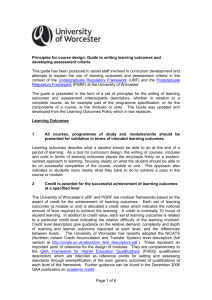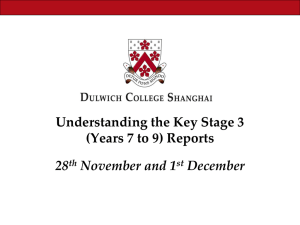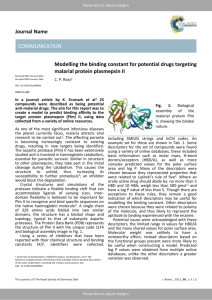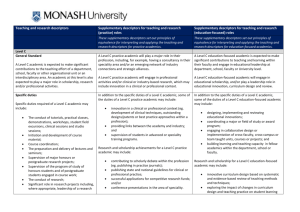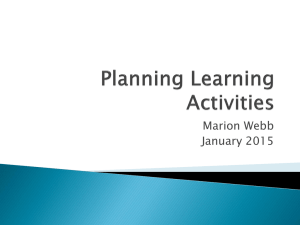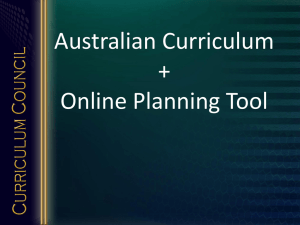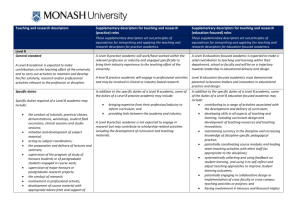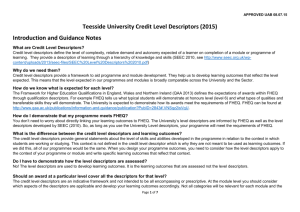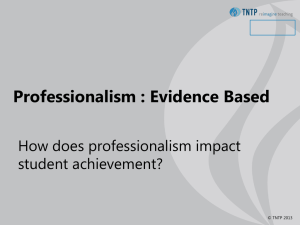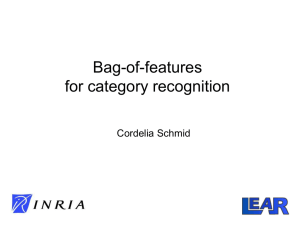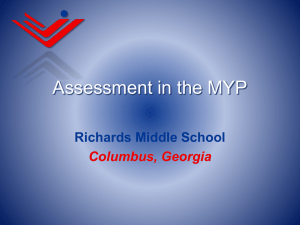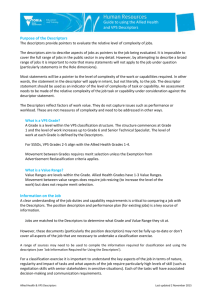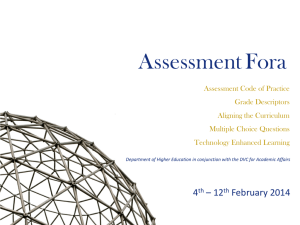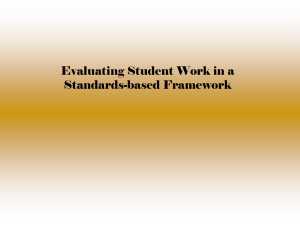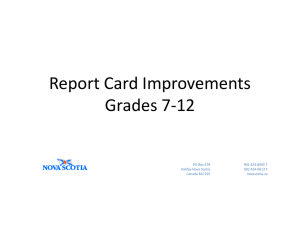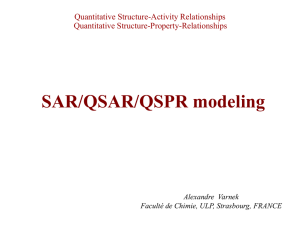How to use level descriptors
advertisement
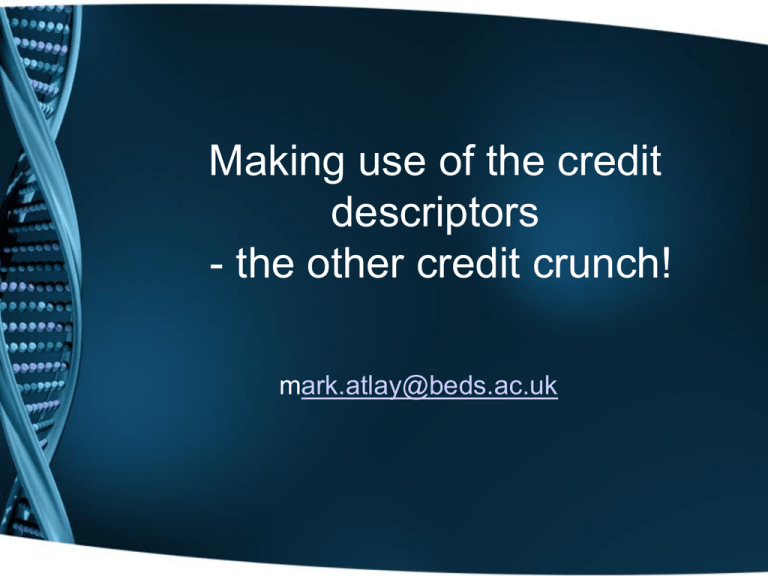
Making use of the credit descriptors - the other credit crunch! mark.atlay@beds.ac.uk Credit level descriptors ‘Credit level descriptors define the level of complexity, relative demand and autonomy expected of a learner on completion of a unit or programme of learning’ When to use level descriptors From ‘How to use level descriptors’ – Jenny Moon (2001) available on the SEEC web site. • when designing new programmes of study • when writing learning outcomes • when writing assessment criteria – the rhetoric may have become more consistent but what about the reality? – have they just become an implicit part of our language amalgamated into the AI? – have we learned to pass the validation test? – Is their use just by ‘credit junkies’ not understood by staff and students? When to use level descriptors • when assessing prior learning – Useful but has there been a widespread expansion in APL (except in certain, narrowly defined, programmes/universities) ? • when incorporating non-traditional learning (e.g. workbased learning) into award bearing courses – Yes but do the learners and employers use and understand the language? • when modules, or short courses, from outside the HE system need to be related to HE for accreditation purposes – Yes but by specialists? • when learning at different levels needs to be compared – For us or for our learners? The future … credit levels • Do we need to revise our guidance? Progression arrangements • How do developments in the FHEQ relate to the NQF/QCF and to credit descriptors? • Can pre-university students get HE credit for: – Core activities? (unlikely) – Optional activities? – How useful is that credit? • Progression accords and compacts – an opportunity for greater use? • Progression between professional awards, higher NVQs and higher education? The future … Progression and credit transfer? • NIACE project on supporting and promoting learner progression, LSC funded on behalf of the Joint Forum for Higher Levels (JFHL) • are you – Supporting learner progression? – reviewing/revising your own CAT arrangements in the light of the new funding proposals for WP and retention? – considering incorporating the JFHL principles into a new set of specifications for CAT at the department/subject/course level? • Up to £2000 for being involved. Use with students? • New emphasis on the student experience: – Students as ‘customers/consumers’ – NSS – HE Academy – QAA involvement of students and focus on the student learning experience – League tables • How can we use level descriptors to help frame and support the student experience? – demand – complexity – depth of study – student autonomy • To develop graduate identity Relationship to e-portfolios? • How do you make judgements? – Compile evidence (against the descriptors?) • Flexible credit? – Ease of use – and re-use? • Volume – How do you define/control/assess • Will credit level descriptors help provide a structure? The Higher Education Achievement Report (HEAR) • Is there a role for the level descriptors particularly the Key/transferable skills (generic – SEEC) – – – – – – – Group working Learning resources Self evaluation Information management Autonomy Communications Problem solving • to provide a richer overall picture of what students have achieved? • Are these the right ‘skills’ for the future? Group working • 4 (1): can work effectively with others as a member of a group and meet obligations to others (for example, tutors, peers, and colleagues). • 5 (2): can interact effectively within a team / learning group, giving and receiving information and ideas and modifying responses where appropriate • 6 (3): can interact effectively within a team / learning / professional group, recognise, support or be proactive in leadership, negotiate in a professional context and manage conflict. • 7 (M): can work effectively with a group as leader or member. Can clarify tasks and make appropriate use of the capacities of group members. Is able to negotiate and handle conflict with confidence. The Higher Education Achievement Record (HEAR) • To provide a framework for crediting activities outside of the curriculum? e.g. – Volunteering (credit may be the only means of funding) – Student engagement in clubs and societies – Work experience • Some issues: – – – – What volume? Achieved or engaged with? How verify? Success and failure? • Do the level descriptors match the requirements? Other issues • Employer engagement • Student flexibility of study – Bite-size credit – Europe (do we just divide by 2?) – US – Elsewhere • Trans-national education – Relationship to local frameworks and descriptors • Language – How credit? • As an answer to the credit crunch? – Possible Government plans to reduce unemployment? – Will tax cuts lead to credit cuts? Gallows humour • Q: With the current market turmoil, what’s the easiest way to make a small fortune? • A: Start off with a large one. • Q: Why are all MBAs going back to school? • A: To ask for their money back. The future … QCF vs EQF consultation? • You are invited to comment on the proposed cross-referencing and what it means for you or your organisation – What is the EQF? – What are the benefits of the EQF? – How is the EQF being implemented in England and Northern Ireland? – Are the levels in the NQF the same as those in the QCF? • The full report on the proposed cross-referencing; linking the QCF to the EQF documents are available to download at www.qca.org.uk/qcf The future … ? • What’s the future for modular credit schemes? • How are SEEC members currently using the descriptors? – What are the issues/problems/challenges? • What’s the ‘likely future use’ of credit descriptors? • What’s the relationship to the SEEC descriptors to those of other bodies and the NCF etc? • Do the SEEC descriptors need to be refreshed and re-focussed?


